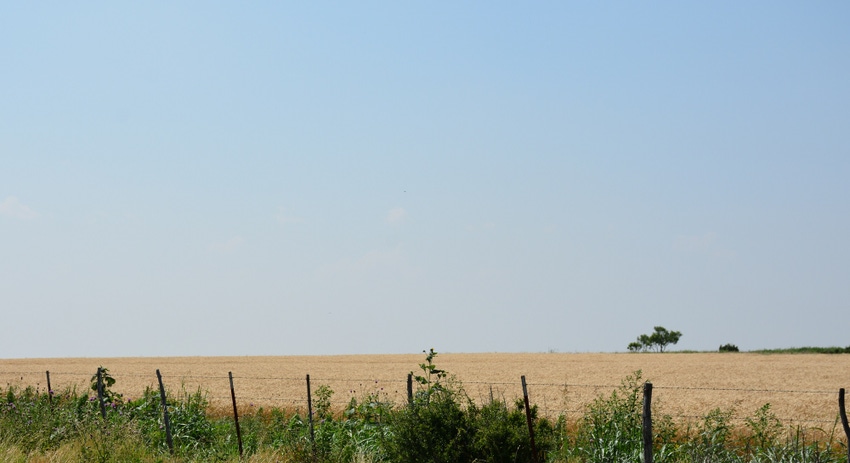July 21, 2016

At current wheat price levels, most producers are losing about $2 per bushel. To help solve this problem, prices need to stay at current levels until the November/December time period.
This statement appears contrary to common sense. Most would say, “What is needed is for wheat prices to increase $2 or more.”
Yes, prices must increase to cover the cost of production. But, wheat prices will not increase until world production declines, and two things need to happen for production to decline: lower planted acres and/or poor growing conditions (weather).
While reduced inputs also result in lower production, reduced inputs can also result in lower quality. The market doesn’t want lower quality. For higher prices, the market wants less wheat while maintaining milling quality.
If prices remain at current levels, producers around the world will plant less wheat. Planted acres will decline in proportion to the length of time wheat prices remain at current levels.
For prices to go above costs of production, the world supply must decline at least 1.3 billion bushels. The USDA projects 2016/17 world wheat ending stocks to be 9.3 billion bushels. For Oklahoma and Texas prices to average higher than $5.50 per bushel, world ending stocks need to be below 8 billion bushels.
FEW PROBLEMS
By August 1 each year, about 60 percent of the world’s annual wheat production has been harvested. Major exporting or importing countries harvesting wheat after August 1 are Argentina (550 million bushels), Australia (940 million bushels), Canada (1.07 billion bushels of mostly spring wheat), China (1.1 billion bushels of spring wheat), EU-27 (2.3 billion bushels), Kazakhstan (480 million bushels), and Russia (2.4 billion bushels). Few production problems have been reported for any of these countries. No reduced production here.
Since the 2008/09 wheat marketing year, in seven of the nine years world production has set a new record. The last four years in a row set new records. The 2016/17 world wheat marketing year production is projected to be 27.14 billion bushels.
Since the 2008/09 marketing year, world wheat consumption has set new records seven out of the nine years. The problem is that production has averaged 530 million bushels per year more than consumption. The 2016/17 world wheat consumption is projected to be a record 26.78 billion bushels.
For the latest on southwest agriculture, please check out Southwest Farm Press Daily and receive the latest news right to your inbox.
WEATHER INFLUENCE
The point is that the relatively high prices in 2011/12, 2012/13, and 2014/15 resulted in increased wheat acres. Increased planted acres coupled with favorable weather resulted in record production.
A sad fact is that it may take several years of relatively low prices to reduce planted acres enough to have a significant impact on prices. This is where weather comes into play.
During the 2010/11 and 2012/13 wheat marketing years, poor growing conditions (weather) resulted in below average foreign wheat production. World consumption was above world production for both the 2010/11 and 2012/13 marketing years.
A problem was that the reduction in production in 2010/11 and 2012/13 was known, and prices increased before the 2011/12 and 2013/14 winter wheat crops were planted. Higher prices resulted in increased planted acres and record production.
The points of this article are: (1) Low prices are essential to lower production, which would result in lower stocks (supply) and higher prices, and (2) if prices were to increase too soon, too much wheat would be planted.
Lower production will be the result of lower planted acres and less favorable weather. The only factor producers control is planted acres. Low prices are a motivator to reduce planted acres.
About the Author(s)
You May Also Like






